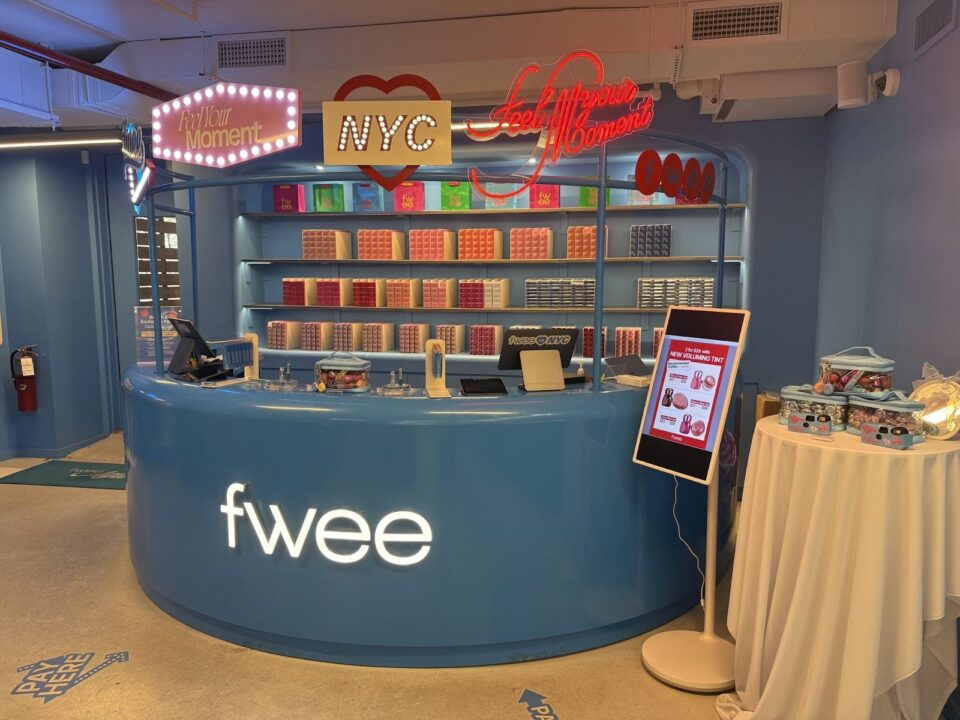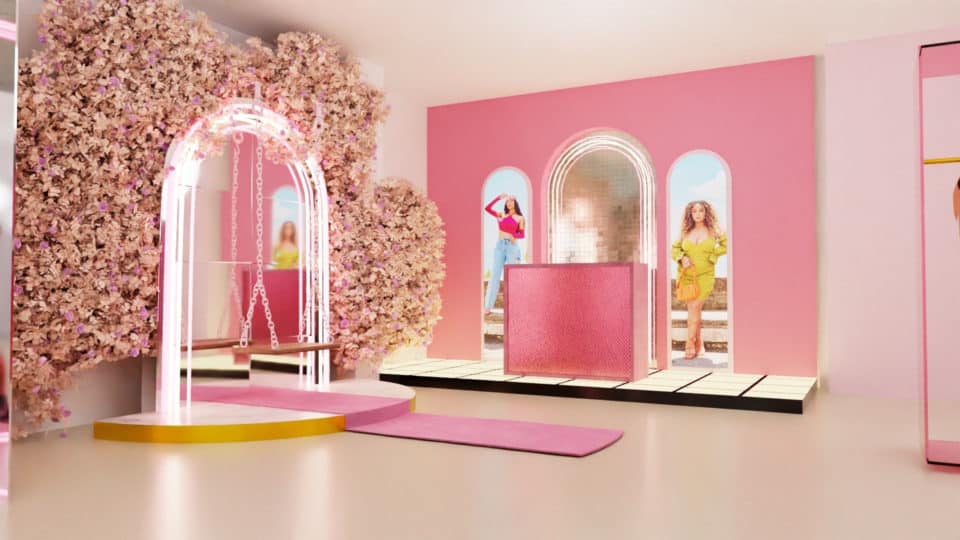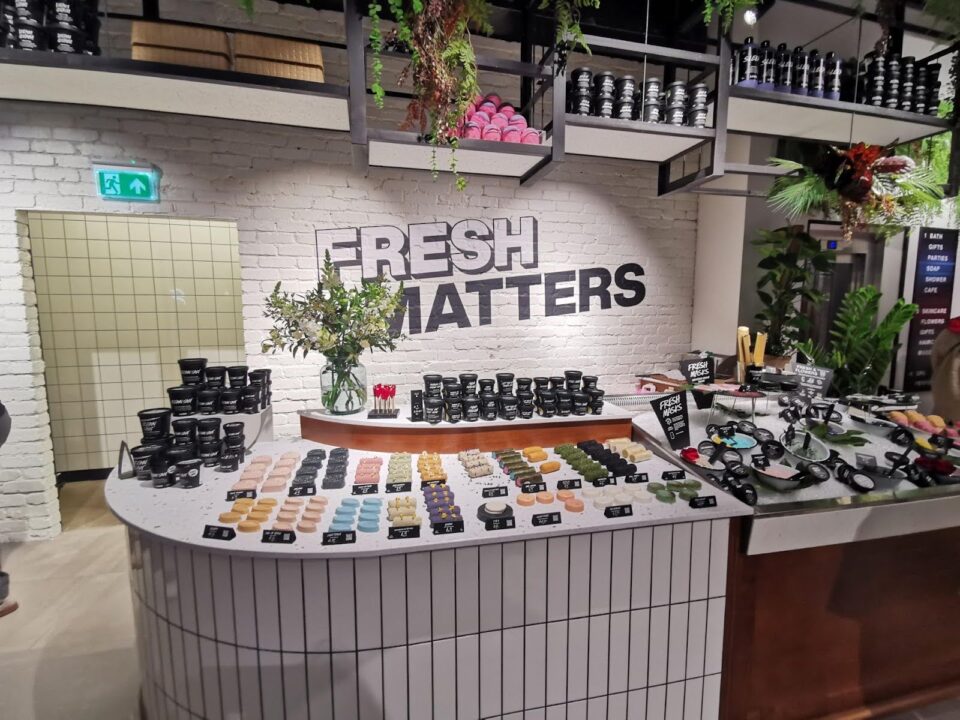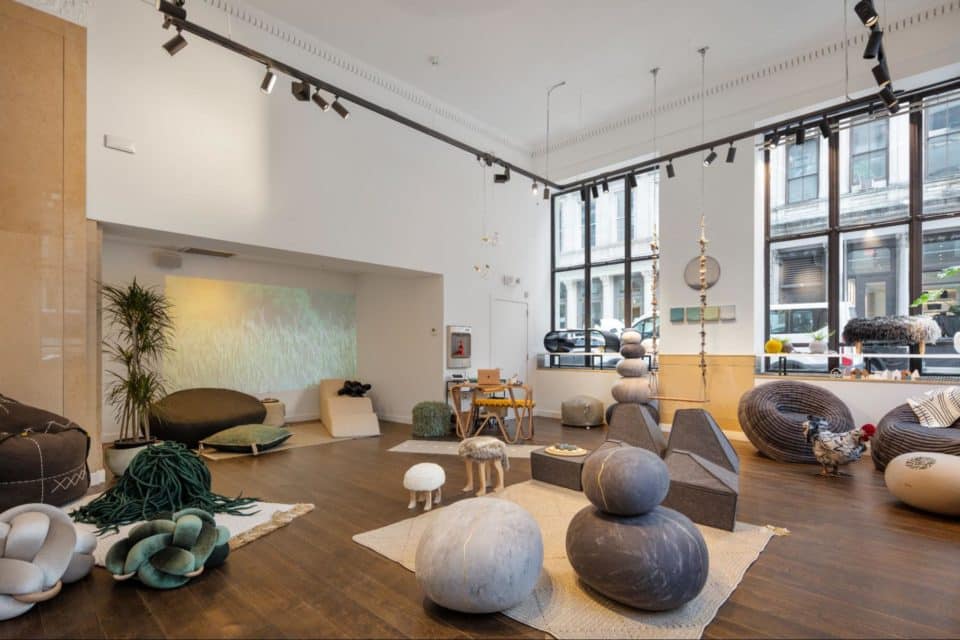Build-A-Bear, Fwee, and the infantilisation of retail

On a recent visit to New York, my first stop not long after landing was Fwee – the South Korean beauty brand’s first US flagship.
I didn’t know too much about them, other than that, like many emerging Korean players, they were all about bold and playful aesthetics, as showcased by their viral product, the “Blurry Pudding Pot”.
What I wasn’t prepared for was just how young the space felt.
The entire space had a mood and aesthetic that was closer to a soft play than a beauty shop. This didn’t just lean towards tweens; this was for tweens.
And as I watch Build-A-Bear’s dramatic resurgence, the Labubu frenzy or Jellycat’s non-stop growth, I’m noticing two significant trends.
Firstly, retail geared towards younger kids is having a moment.
But secondly – and perhaps more significantly – it isn’t just tweens who seem to be buying into tweenie retail.
Kids and kidults
Much of what is happening here is unremarkable and familiar.
Build-A-Bear is a toy business with heritage and experience that clearly understands how to stick around and capitalise the next time the cultural wave surfaces nearby.
The same can be said for Jellycat.
But one of the more distinct and remarkable parts of what’s happening is how these “childish” products and experiences are also attracting the attention of young adults.
Queues for Labubus at Pop Mart or the Jellycat Fish & Chips experience at Selfridges aren’t just dominated by young kids. Teens and young adults are out in force.
This is an example of the cultural trend of “kidulting”: adults engaging in activities associated with children.
To read the rest of this post, subscribe to our Substack newsletter for free.
Subscribe to the Insider Trends Substack newsletter to get to exclusive insights that we don’t share anywhere else. You can expect more detailed thoughts on the trends we are seeing around the world at the frontline of new retail concepts and what it all means.



